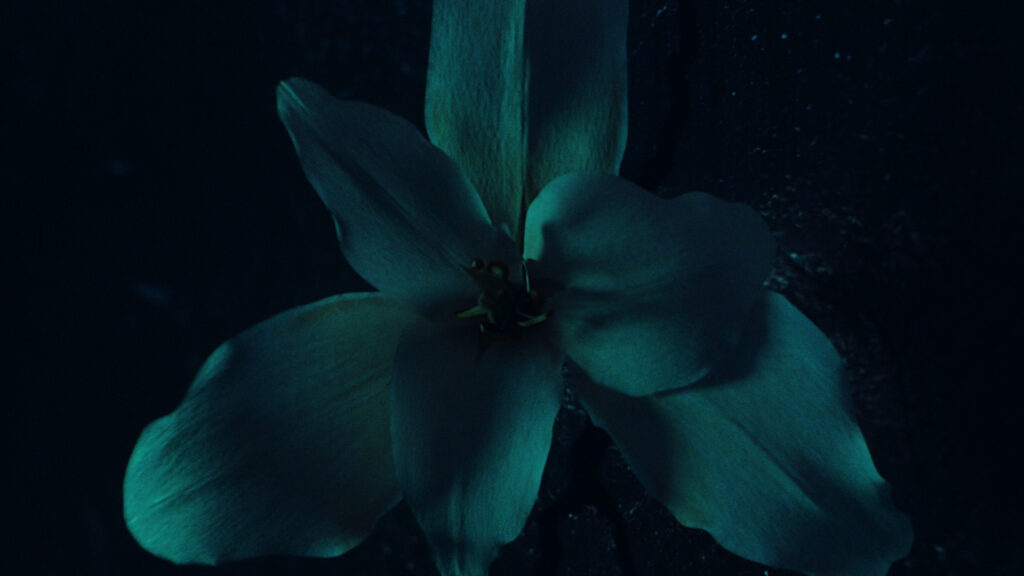OLYMPUS Zuiko / Cine Mod.







TecH Specs
| Lens | f | CF | ø | Weight | Sensor | Mount |
|---|---|---|---|---|---|---|
| 21mm | 2.0 | 20cm | 80 | 0,4kg | FF | EF |
| 24mm | 2.0 | 25cm | 80 | 0,4kg | FF | EF |
| 28mm | 2.0 | 30cm | 80 | 0,4kg | FF | EF |
| 35mm | 2.0 | 30cm | 80 | 0,4kg | FF | EF |
| 40mm | 2.0 | 30cm | 80 | 0,3kg | FF | EF |
| 50mm | 2.0 | 24cm | 80 | 0,4kg | FF | EF |
| 55mm | 1.2 | 45cm | 80 | 0,4kg | FF | EF |
| 85mm | 2.0 | 85cm | 80 | 0,4kg | FF | EF |
| 90mm | 2.0 | 40cm | 80 | 0,7kg | FF | EF |
The Olympus Optical Company was established in 1919 under the name of “Takachiho” – mythical mountain ruled by the Goddess of Sun which may be compared to Greece’s Mount Olympus.
In 1936, it began the production of camera lenses and selected the name “ZUIKO”, which means “blissful light”. Since then, ZUIKO lenses have been widely acclaimed worldwide. Small and lightweight, these lenses flares are soft and warm, almost golden.
Their CF stands out from the rest of their kind. Even though it may not be considered to reach the high performance of modern prime lenses, the Olympus Zuiko MC 135mm f/2.8 is capable of producing very sharp results straight from f/2.8, especially in the images center and offering “more than just decent” border and corners.
The image distortion it produces is minimal, with a slight vignette at f/2.8, which is above average yet slightly noticeable.
This Cine-Mod isn’t your regular one: Every lens was analysed individually by Olympus specialist OM-Labor in Frankfurt. The final conversion features a complete new shell, featuring focus & iris gears, 77mm thread, 80mm front, a hard-mounted EF Mount, and f-stop scales on both sides of the lens.


